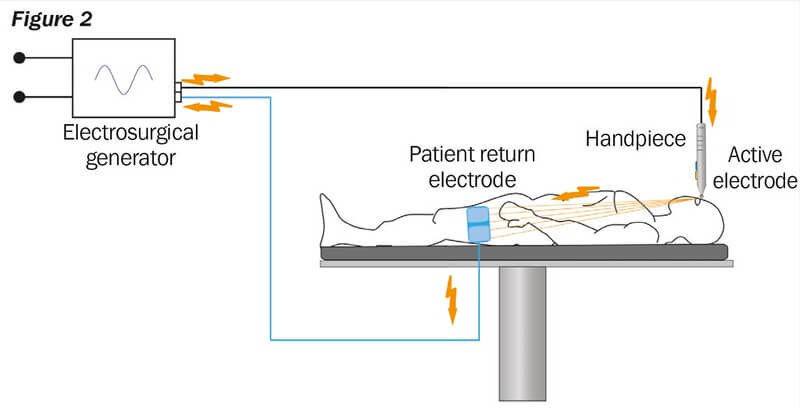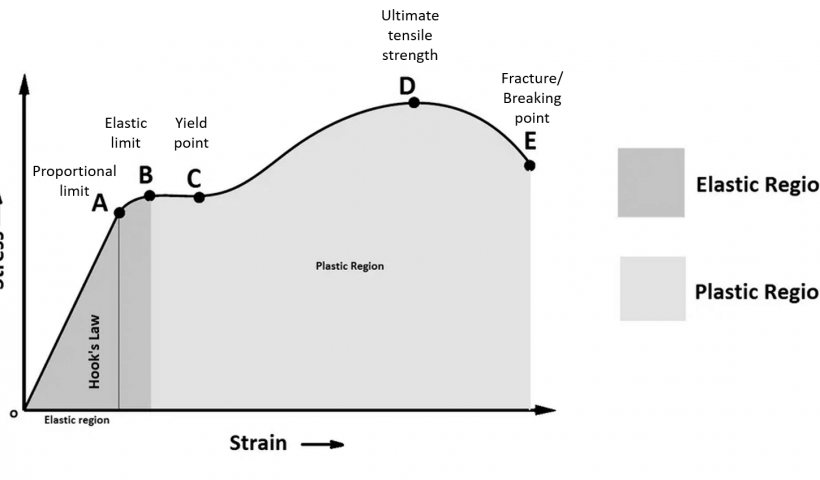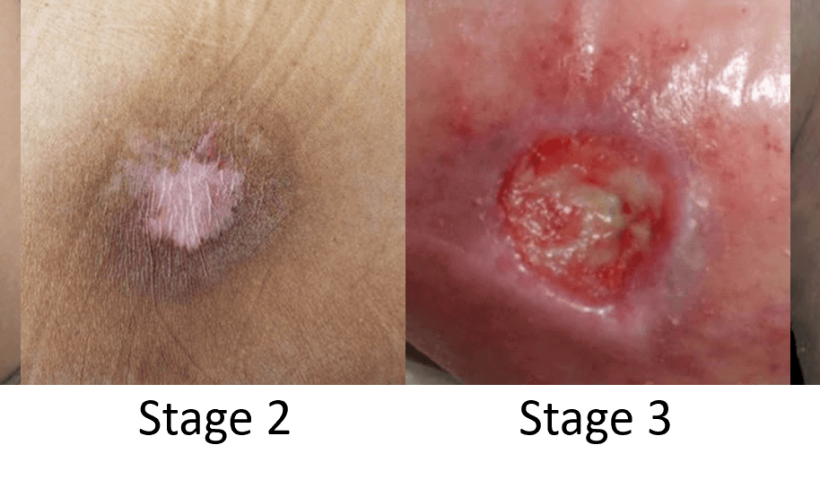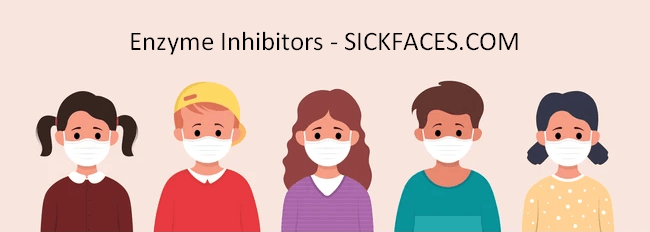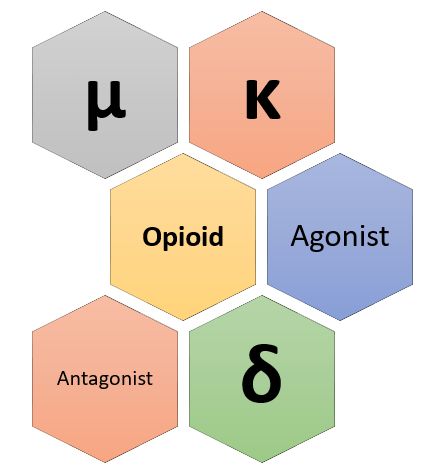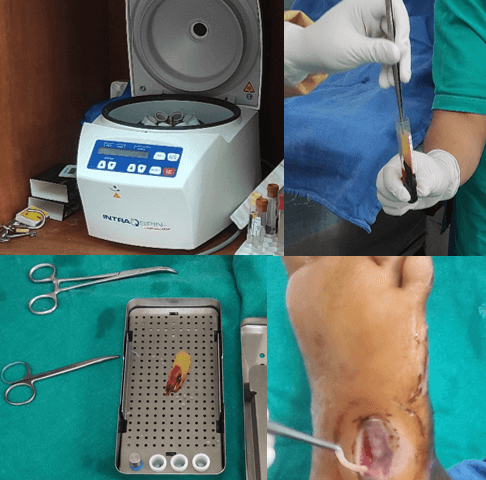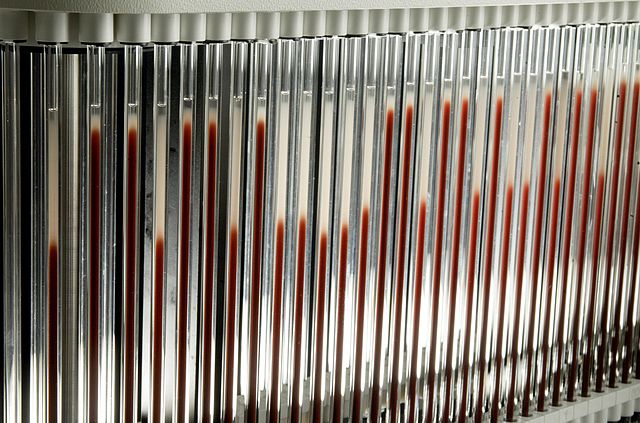Terminologies Electrosurgery modalities Modality Electrode configuration Waveform Indications Remarks DC Electrocautery Patients with ICDs and pacemakers No current passes through patient (direct heat transference to…
Explore more Electrosurgery NotesGeneral concepts
Stress, Strain, Viscoelastic behavior
Stress or load: Force over area (has units of Newton per square metre) Strain or deformation: Change in length over original length caused by applied…
Explore more Stress, Strain, Viscoelastic behaviorPressure Sores and Bed Sores
A pressure injury is localized damage to the skin and underlying soft tissue usually over a bony prominence or related to a medical or other…
Explore more Pressure Sores and Bed SoresEnzyme Inducers and Inhibitors : Mnemonic
Cytochrome P450 Inducers Mnemonic: SCRAP GP Sulfonylureas, Smoking Carbamazepine, Corticosteroids Rifamycins (Rifampicin, Rifabutin) Alcohol (Chronic) Phenytoin Griseofulvin Phenobarbital Cytochrome P450 Inhibitors Mnemonic 1: VIDEOCASE Valproate…
Explore more Enzyme Inducers and Inhibitors : MnemonicOpioid Adverse Effects – Mnemonic
Mnemonic: MORPHINES 1. Miosis Mechanism: Stimulation of Edinger-Westphal nucleus of Cranial nerve III 2. Orthostatic hypotension Mechanism: Vasodilation due to – Direct action decreasing tone…
Explore more Opioid Adverse Effects – MnemonicL-PRF for Chronic Wounds
L-PRF (Leukocyte-platelet rich fibrin) is a second generation platelet reach concentrate where autologous platelets and leukocytes are present in a 3D fibrin mesh which is…
Explore more L-PRF for Chronic WoundsCluster of Differentiation (CD Markers) Mnemonics
“CD” in immunology stands for Cluster of Differentiation and includes cell surface markers that can be detected by lab technique called flow cytometry. Well, we…
Explore more Cluster of Differentiation (CD Markers) MnemonicsMaximum Normal ESR and CRP for age and gender
Age and gender plays should be taken into account when interpreting the values of ESR and CRP. The maximum ESR value is limited by the…
Explore more Maximum Normal ESR and CRP for age and gender
